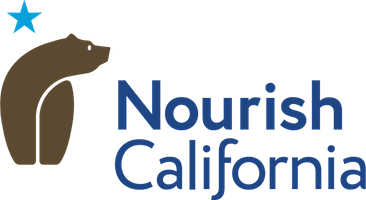4.12.2012 Cafeterias in and out of schools are using “nudges” or subtle environmental cues to promote consumption of healthier fare.Dr. Brian Wansink, a pioneer in the field of behavioral economics, has led research to show that simple and inexpensive cues can help students select healthier items, such as choosing plain milk over flavored milk, in the school cafeteria. These simple changes to how food is displayed can have many health benefits and organizations, like Google, are starting to take notice as described in a recent article in Fast Company. The tech-giant provides employees with an unlimited amount of food throughout the work day and employees’ growing waistlines was becoming a concern for the company. As a result, Google launched a series of healthy-eating initiatives, which includes implementing nudges or “simple, subtle cues that prompt people to make better decisions” in Google cafeterias.
To learn more about the nudges used in Google lunchrooms, click here.
The message that hits home is one from Google’s HR Department head, Dr. Jennifer Kurkoski, “When employees are healthy, they’re happy. When they’re happy, they are innovative.” The same goes for students. Healthy students are better learners.
To view a NY Times article about behavioral economics in school cafeterias, click here.



